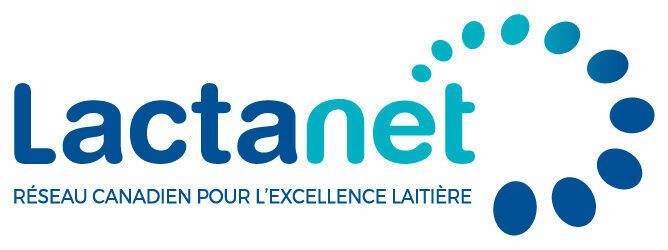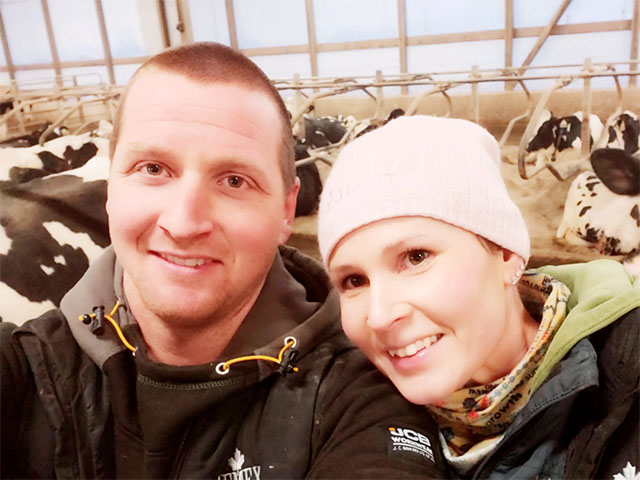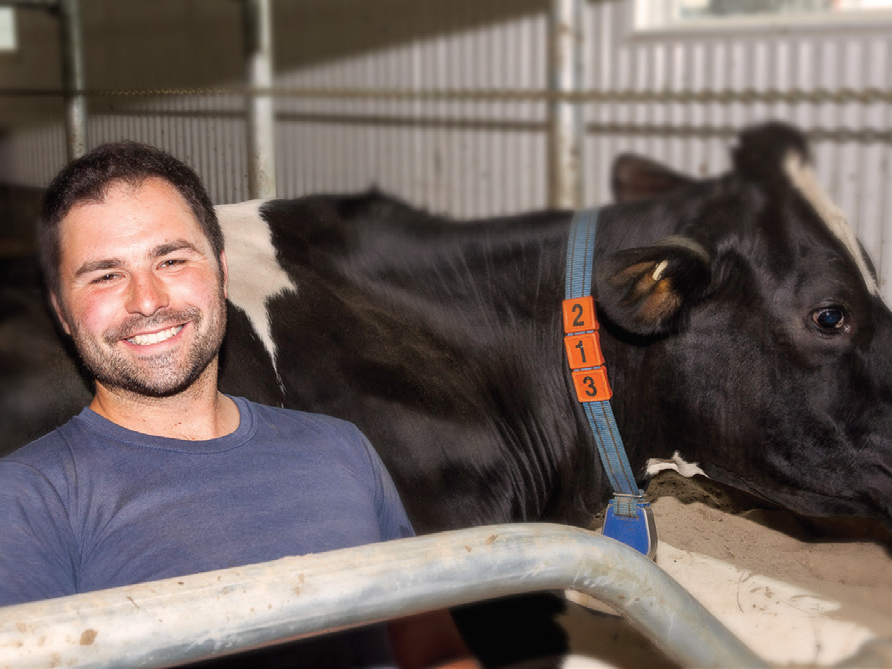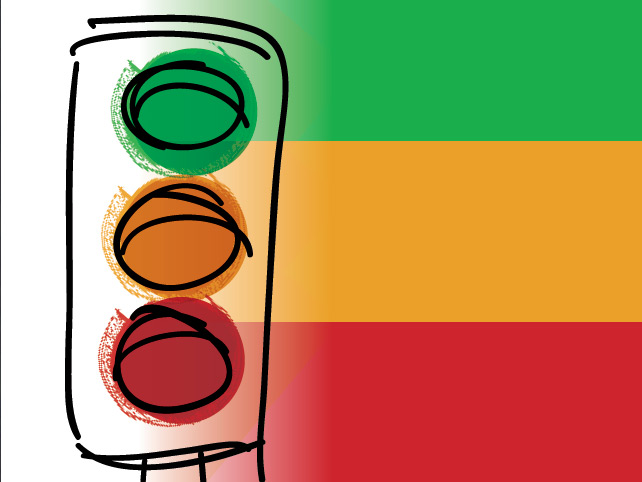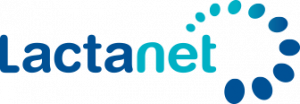Research Bits – Part 2
- October 19, 2022
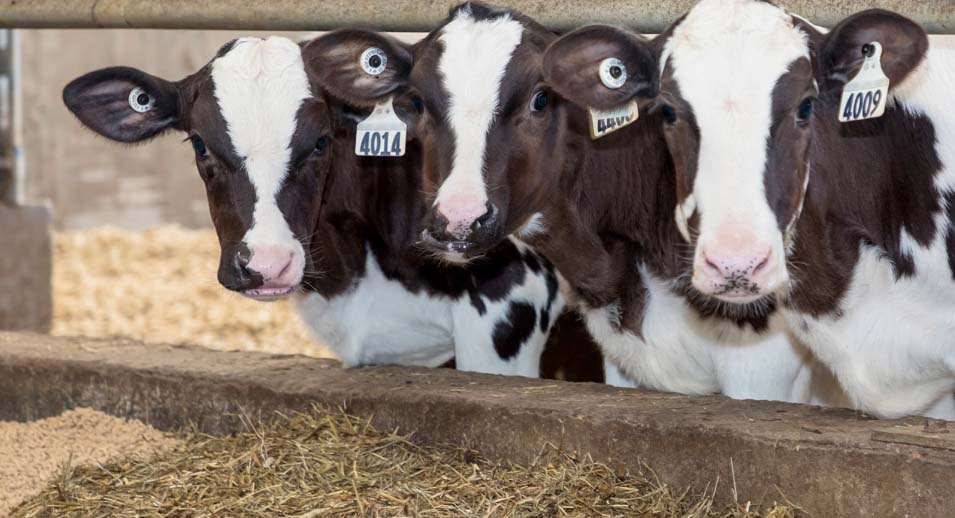
Calf Performance and Health Cost Under Different Housing Systems
Calves are conventionally raised under different housing systems (individually, paired and grouped) depending on the objectives and resources available to each farm. Recently, considerable research effort has been put to also evaluate an alternative, calves raised by their dams. A group of researchers from the University of Minnesota (Sharpe et al.) determined growth, health incidence, and health treatment costs of dairy calves raised in individual, pair, group, or dam-raised (D) housing systems. Calves in conventional rearing systems were introduced to their respective housing system at 3 days and were fed 10 L of milk per day. Dam-raised calves suckled ad libitum. All calves were weaned at 63 days. The dam-raised calves grew faster (1.15 kg/d vs. <1.00 kg/d) and were heavier (113.9 kg vs. <103 kg) than the other calves at weaning. Among all housing systems, calves housed in groups had higher incidence of rate of treatment for scours (18% vs. <10.5%) and higher health costs ($3.34/calf vs <$2.20/calf). The results from this study indicate growth advantages to raising dairy calves with their dams during the preweaning phase. However, more data is necessary to evaluate comprehensively the short and long-term effects of maternal rearing on the heifer performance and farm profitability.1
How Healthy are Calves in Alternative Rearing Systems?
A study (Gonçalves da Costa et al) on maternal rearing systems investigated the effect of maternal contact on the passive transfer of immunity in the first 24 h of life and the occurrence of diarrhea and respiratory disease in dairy calves raised conventionally and within a maternal system. The first finding from this research suggests that calves suckling colostrum naturally had higher transfer of immunity than those that were separated from the dam and bottle-fed 4 L of colostrum in the first 12 hours of life. During a rearing period of 63 days, the researchers found an overall low occurrence of respiratory disease (1.16%) and scours (4.44%), however these diseases were diagnosed more often in dam-reared calves. 2
Sources
1 1061 Growth and health costs of dairy calves raised in individual, pair, or group housing compared with dairy calves raised on cows. K. Sharpe*1, B. Gonçalves da Costa2, M. Endres2, B. Heins1,2. 1West Central Research and Outreach Center Morris, MN, 2University of Minnesota St. Paul, MN.
2 1037 Health assessment of calves raised in alternative rearing systems. B. Gonçalves da Costa*, K. Sharpe, M. Endres, B. Heins. University of Minnesota Minneapolis, MN.
